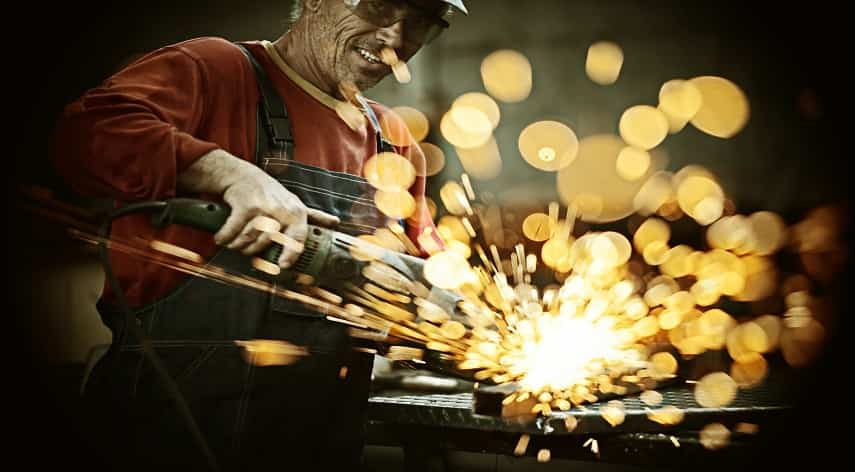How Metal Fabrication Works

The automotive, aerospace, and defense industries need fast access to customized metals. This is because their manufacturing processes rely on them. If a company cannot turn around orders in a timely manner, it will suffer the loss of potential sales and profit.
Because of this, metal fabrication services open around the world every year. Working in fabrication is an in-demand job. While it may not be for everyone, it can be a rewarding and exciting career path.
If you are curious about it, you want to learn about it. Here is a simple guide to metal fabrication and its role in the industry.
Table of Contents
ToggleCutting
Cutting is a key part of the fabrication process. It starts with selecting the right type of metal depending on a project’s design and specifications. With the material identified and ready, the metal sheets will then be placed into a cutting station.
Brazing
Brazing is a high-temperature braze technique using a metal alloy as a bonding agent, which is heated and melted to join two pieces together. It generally results in a stronger and more reliable bond than other fastening options, but it is limited to metal-to-metal connections.
Once all the components are joined together, they are then polished and inspected before being shipped out or used in further fabrication processes. Read more information about dip brazing here.
Folding
Folding involves using a press to form metal sheets in a pre-determined shape. The raw metal is placed in the jig of the press and then shaped by pressure in order to achieve the desired shape and angle. This technique is used to fabricate various components such as boxes, enclosures, and panels.
Welding
Welding is a technique used to join two pieces of metal permanently. This is done by melting and shaping the two pieces, forming a strong bond between them.
The process typically involves two forms of energy: heat and pressure. Heat is applied to the metal to melt it, and the welding current introduces a high pressure, keeping the molten material in place and allowing it to cool and form a solid connection.
Stamping
Stamping is a manufacturing process used to form a variety of parts and components in a wide range of sizes and shapes. It involves the use of a die and press to shape the metal, with the die functioning as a negative of the desired shape and the press exerting a solid force to create the desired shape.
Forming
Fabricating metal is performed by manipulating raw materials in a number of different ways to create a desired shape or object. Forming is one of the main methods used in metal fabrication, and it includes techniques such as shaping and bending.
It involves taking a metal piece and heating it in order to make it malleable. Then, once it is malleable, the metal can be bent into different shapes.
Forming is the most common technique used in metal fabrication because it can be used to make simple shapes, such as cylinders and boxes, or more complex shapes, depending on the materials used.
Metal Fabrication Process
Metal fabrication is an art form and a necessary process in product development today. From cutting to welding, metal fabrication is a complex process that can give consumers a great end result.
For anyone looking to start a project that requires metal fabrication, it is important to consult with a qualified expert to ensure success.
Read more informative articles on our blog.
Alfred Williams, a distinguished business writer, navigates the corporate landscape with finesse. His articles offer invaluable insights into the dynamic world of business. Alfred's expertise shines, providing readers with a trustworthy guide through the complexities of modern commerce.
Recommended For You
Spread the loveThe name Broderick Bevineau makes you think of new ideas and starting your own business. Bevineau has made
Spread the loveThe popularity of Airbnb has paved the way for many entrepreneurs to build businesses in the short-term rental
Spread the loveCreating a well-designed and functional website starts long before coding begins. The prototyping phase is a critical step




